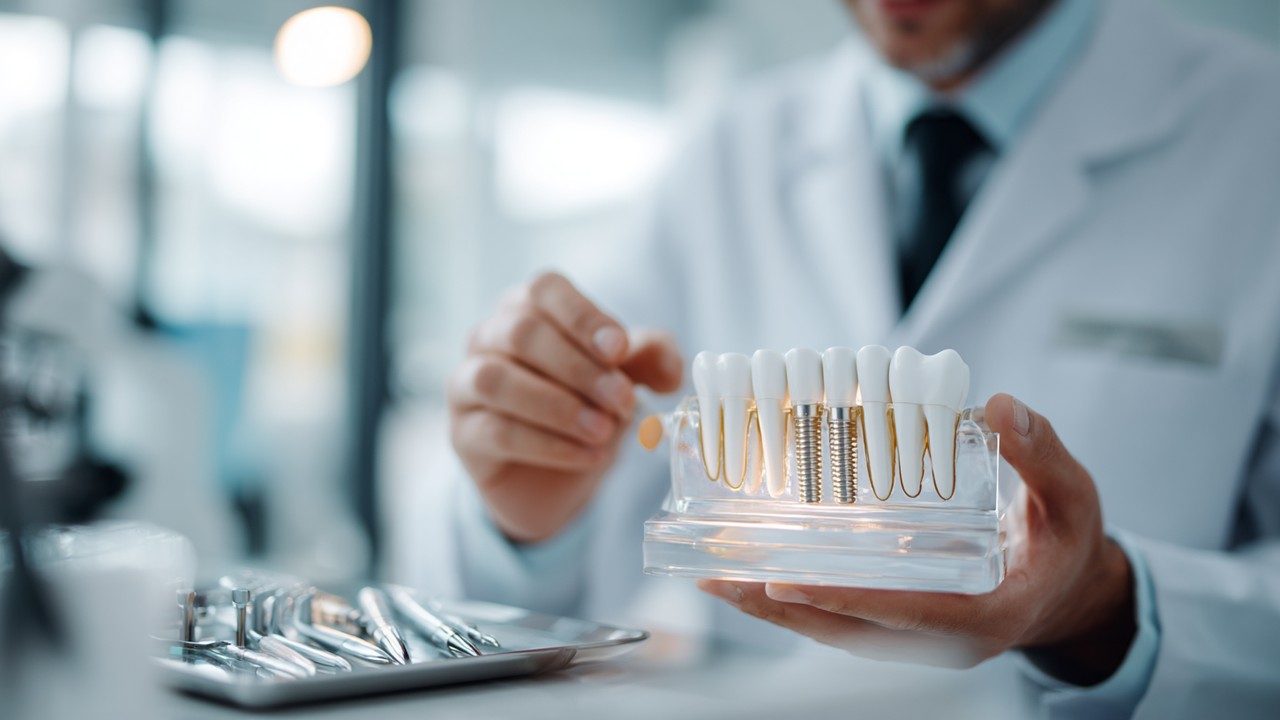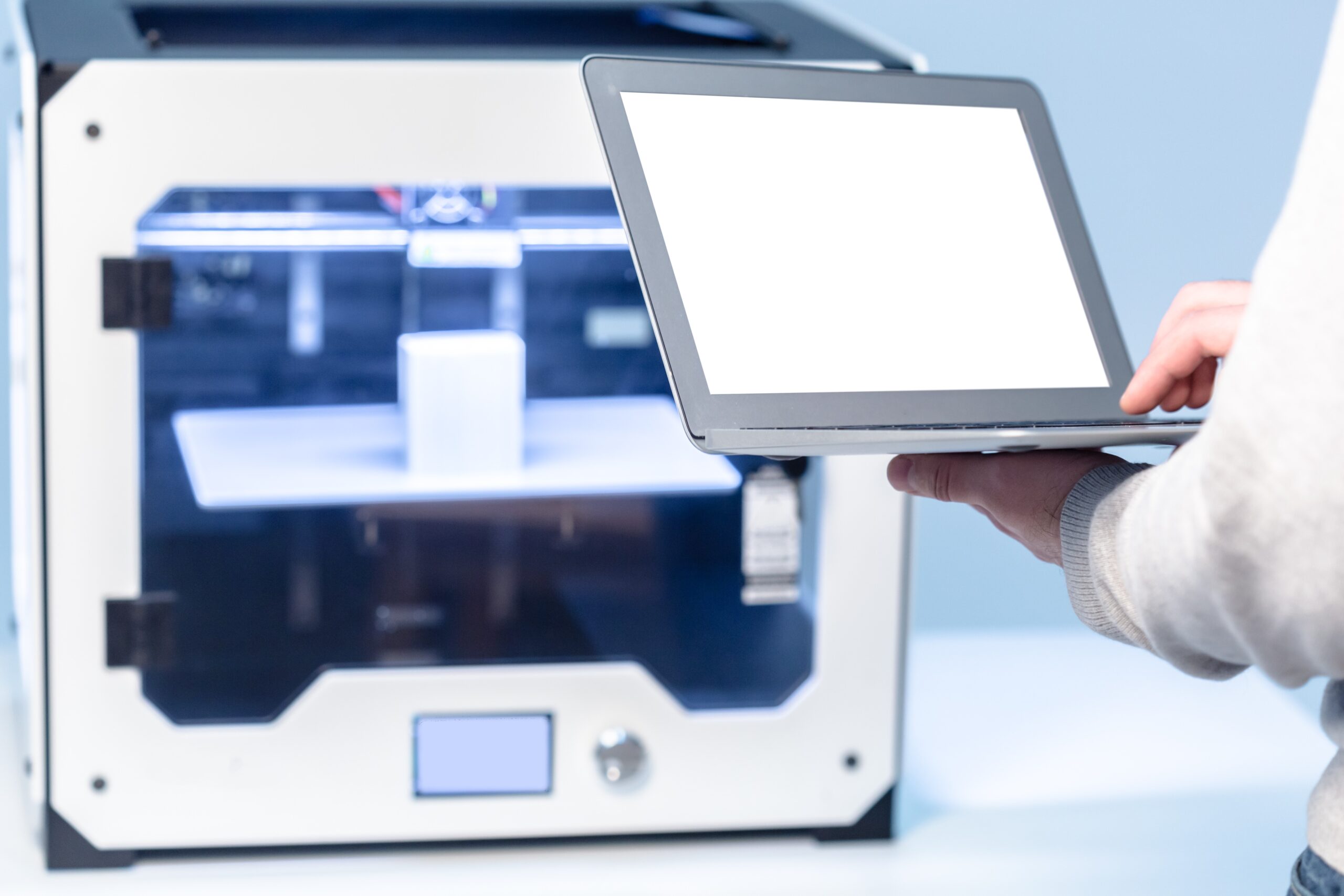Innovative Materials and Increased Biocompatibility in Health Implant Technology Advancements in material science and biocompatibility in health implant technology significantly enhance the success of implants and patient satisfaction. The quality, durability, and biological compatibility of the materials used in the interaction of implants with the body are among the most critical factors determining the effectiveness …
Innovative Materials and Increased Biocompatibility in Health Implant Technology
Advancements in material science and biocompatibility in health implant technology significantly enhance the success of implants and patient satisfaction. The quality, durability, and biological compatibility of the materials used in the interaction of implants with the body are among the most critical factors determining the effectiveness of treatment processes. Innovations in this field play a major role in reducing the risk of implant rejection and developing long-lasting solutions.
Advanced Materials Used in Implants: Titanium Alloys, Zirconium, and Bioceramics
Among traditional implant materials, titanium alloys are the most preferred due to their high durability and excellent biocompatibility, making them a standard in the health sector. However, in addition to titanium, zirconium and bioceramics have also emerged prominently in health implant technology in recent years. Zirconium offers an aesthetic alternative to the metallic appearance while providing high compatibility with tissues due to its biological inertness. Bioceramics support bone regeneration by their excellent integration capabilities with bone, thereby increasing implant success.
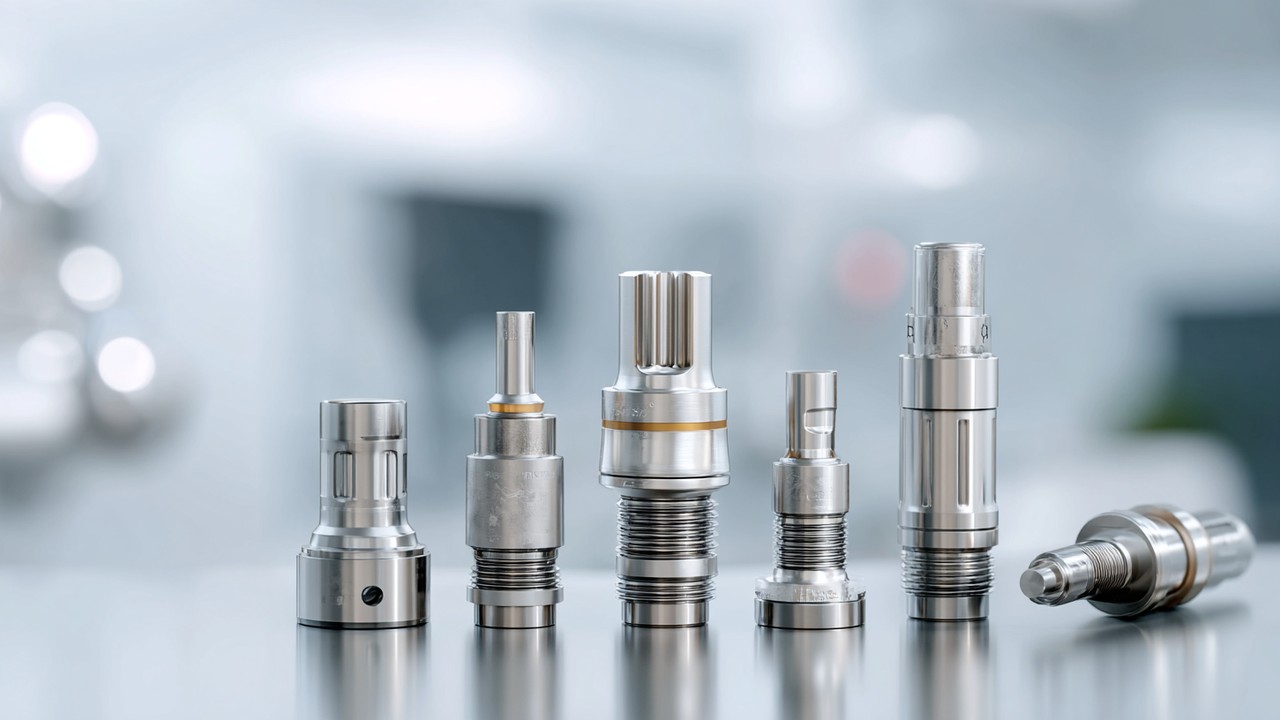
These materials are preferred not only for their durability but also because they cause minimal allergic reactions in their interactions with body tissues. Thanks to advanced alloys, the mechanical properties of implants are optimized according to their usage areas, providing both durability and comfort.
Surface Modification and Tissue Integration with Nanotechnology Applications
The integration of nanotechnology into health implants has made it possible to modify implant surfaces at the microstructural level. This increases the contact surface of implants with bone and soft tissue, thereby accelerating tissue integration. When nanoparticles and nano coatings are applied to implant surfaces, they enhance the ability of cells to adhere and proliferate, positively affecting the healing process.
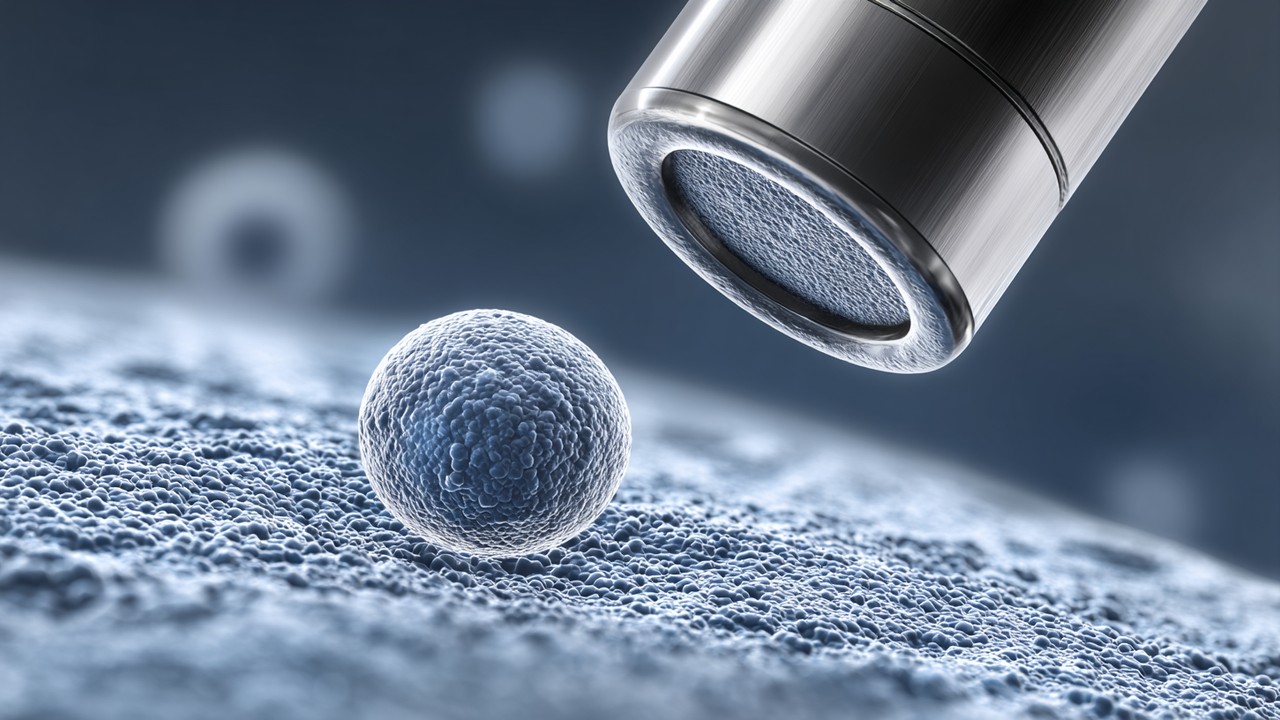
Especially nanotechnology-supported surface modifications enable implants to form tighter and more permanent bonds with bone. This increases the stability of implants and enhances their success in long-term use. Additionally, nano-scale surface structures increase biocompatibility, minimizing the risk of implant rejection.
The Importance of Biocompatibility and Reducing the Risk of Implant Rejection
Biocompatibility is one of the most critical criteria in implant technology. The acceptance of the implant material by body tissues means preventing inflammation and infection. Highly biocompatible materials especially improve patients' quality of life by preventing chronic complications.
Implant rejection usually occurs due to the unsuitability of the material or insufficient surface properties. Therefore, special techniques are applied to increase biocompatibility in material selection and surface treatments. Antibacterial coatings and infection-preventing technologies hold an important place in this context.
Antibacterial Coatings and Infection-Preventing Technologies
Infection is one of the biggest risk factors directly affecting implant success. State-of-the-art antibacterial coatings, when applied to the implant surface, prevent bacterial adhesion and biofilm formation. Thanks to these coatings, the risk of infection is significantly reduced, making treatment processes safer.
Additionally, advanced antibacterial technologies help control inflammation around the implant. Thus, healing time is shortened and complications are minimized.
Material Durability and Long-Lasting Implant Designs
The longevity of implants is of great importance for both patient comfort and treatment costs. Newly developed materials and designs in recent years increase the mechanical durability of implants, reducing the risk of fracture and deformation. Especially with the optimization of zirconium and titanium alloys, the lifespan of implants has been significantly extended.
Moreover, the bone-compatible structure of bioceramics prevents bone loss and maintains implant stability. This allows patients to experience a trouble-free implant for many years.
These innovations in material technologies used in health implants not only increase the success of implants but also make treatment processes safer and more effective. Studies clearly show that enhancing biocompatibility and durability is critical for both postoperative recovery and long-term patient satisfaction.
Digital Dental Implant Systems and Applications of 3D Printing Technologies in Healthcare
Today, digitalization in health implant technology offers revolutionary innovations in accelerating treatment processes and developing personalized solutions. Digital dental implant systems and 3D printing technologies provide great ease in both design and production stages, increasing the success of implants. Thanks to these technologies, patient-specific, more compatible, and aesthetic implants are rapidly produced, significantly improving treatment quality.
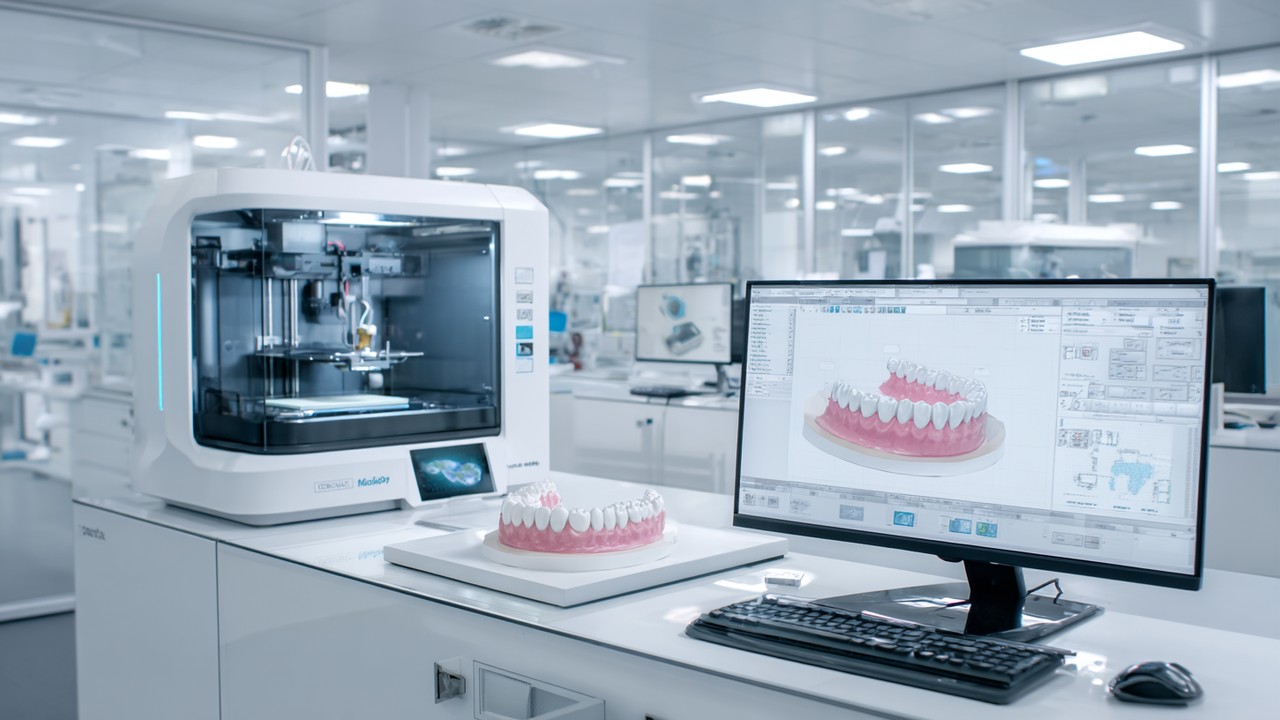
Personalized Implant Production with Digital Scanning and CAD/CAM Technologies
Digital scanning technologies have revolutionized implant planning by measuring the patient’s oral structure and bone tissue with high precision. Thus, using CAD/CAM (Computer-Aided Design and Manufacturing) systems, patient-specific implant models can be designed and produced. This maximizes implant compatibility and enhances treatment success.
Implants produced with CAD/CAM technology are prepared much faster and more precisely compared to traditional methods. This digital process minimizes errors during the surgical phase and allows implants to be placed in perfect harmony with the bone tissue. Additionally, personalized production improves aesthetic outcomes and increases functional comfort.
Rapid Prototyping and Implant Production Processes with 3D Printers
3D printing technology has found a wide range of applications in the health implant sector, from prototype production to final product manufacturing. With this technology, implants with complex structures are produced quickly, accelerating design processes. Especially, 3D printers are critical in producing implants that perfectly fit the patient’s anatomy.
The use of 3D printers reduces production costs while also offering design flexibility. The ability to print implants with different materials (such as titanium, bioceramics) enables the development of treatment-specific solutions. This method is also used in preparing pre-surgical models, facilitating surgeons’ operation planning and increasing success rates.
Surgical Guidance Systems and Robotic-Assisted Implant Placement
Digital technologies have revolutionized not only implant production but also surgical applications. Surgical guidance systems ensure the implant is placed at the correct angle and depth based on digital planning results. These systems help surgeons perform precise movements during the operation, minimizing human errors.
Additionally, robotic-assisted implant placement technologies enable operations to be carried out in a more controlled and safer manner. Robots fully comply with digital planning, ensuring implants are positioned ideally. Thanks to these innovations, surgical success rates increase, and patient comfort and recovery processes improve.
Reduction of Operation Time and Error Rate Thanks to Digital Planning
Digital implant technologies allow for detailed preoperative planning. By determining the implant type and placement method suitable for the patient’s anatomical structure, unnecessary steps in the surgical intervention are eliminated. Thus, operation time is significantly shortened.
At the same time, thanks to digital planning and guidance systems, the risk of errors during implant placement is minimized. This is a great advantage for both surgeons and patients. Shorter and more successful operations positively affect the recovery process and prevent complications.
The Role of Digital Technologies in Patient Comfort and Recovery Process
The use of digital technologies in implant treatment fundamentally improves patients’ experience. Personalized implants are more compatible with body tissues, reducing pain and discomfort after the operation. Moreover, thanks to implants placed quickly and accurately, recovery time is shortened.
Digital planning and robotic assistance allow surgical interventions to be performed minimally invasively. This enables patients to return to their daily lives more quickly. As a result, digital implant technologies both increase treatment success and enhance patient comfort and quality of life.
Advancements in digital dental implant systems and 3D printing technologies have paved the way for personalized, fast, and high-quality implant solutions in healthcare. These innovations make treatment processes more effective and reliable, opening the doors to a new era in health implant technology.
Increasing Implant Success with Advanced Biotechnology and Regenerative Approaches
Advances in biotechnology and regenerative medicine in health implant technology are opening new doors to increase implant success. The regeneration of bone tissue and acceleration of healing processes ensure that implants remain compatible with the body in the long term. Innovations in this field not only provide mechanical support but also play an active healing role in the biological environment.
Bone Regeneration with Stem Cell Therapies and Tissue Engineering
Stem cell therapies offer a promising solution for patients experiencing bone loss in health implants. Thanks to the capacity of stem cells to repair and renew damaged bone tissue, the natural bone structure around the implant is supported to regenerate. This method plays a critical role especially in cases where bone volume is insufficient to ensure the stability of implants.

Tissue engineering techniques, combined with biomaterials, enable the targeting and proliferation of stem cells to the desired area. Thus, bone regeneration is accelerated and the integration of the implant with the bone is strengthened. These methods offer less invasive and more effective results compared to traditional bone graft applications.
Biological Factors Accelerating Healing Around the Implant
Biological factors and growth hormones are used to accelerate the healing process around the implant. Biological factors promote cell proliferation, differentiation, and the formation of new tissues. In particular, growth factors ensure rapid repair of bone and soft tissue around the implant.
Applying these factors to the implant surface or its surroundings increases cellular activity, thereby shortening the healing process. At the same time, inflammation is controlled, reducing the risk of complications. The use of biological activators supports implants becoming functional in a short time.
Use of Bioactive Molecules and Growth Factors
Bioactive molecules are important tools for stimulating and regenerating bone tissue in implant technology. Especially bioceramic-based implants and coatings carry these molecules to interact directly with bone cells. This promotes bone growth and ensures a tight bond between the implant and the bone.
Growth factors, platelet-rich plasma (PRP), and other biological agents are commonly used in implant treatments. These substances support the regeneration of tissues around the implant, helping to reduce complications and shorten treatment time.
Importance of Personalized Treatment Protocols and Genetic Analyses
Each patient's biological structure and healing capacity are different. Therefore, developing personalized treatment protocols in implant therapies is an important factor that increases success rates. Genetic analyses allow for the evaluation of the patient's bone structure, healing speed, and inflammation response in advance.
Based on this data, implant material selection, surface coatings, and biological supports are planned specifically for the patient. Thus, treatment efficacy is maximized and the risk of complications is minimized.
Clinical Research Results and Improvements in Success Rates
Recent clinical studies show that biotechnology and regenerative methods significantly increase implant success. Stem cell-supported treatments and the use of biological factors have provided important advances in bone integration. These techniques enhance the long-term stability and functionality of implants.
Moreover, the positive impact of personalized treatment approaches on clinical outcomes has been proven. Noticeable reductions in patient healing times and complication rates have been reported. These developments clearly demonstrate the importance and promising potential of biotechnology in health implant technologies.
Biotechnology and regenerative approaches improve not only the mechanical but also the biological success of implant treatments, enabling patients to live healthier and more comfortable lives. Innovations in this field continue to expand the boundaries of implant technologies.
Optimization of Treatment Processes with Artificial Intelligence and Data Analytics in Health Implants
In health implant technologies, artificial intelligence (AI) and data analytics play a critical role in making treatment processes more effective, faster, and personalized. Big data and machine learning techniques enable in-depth analysis of factors affecting implant success, increasing the accuracy of clinical decisions. These advancements establish new standards in both surgical planning and patient follow-up stages, allowing for early detection and prevention of complications.
AI-Supported Diagnosis and Treatment Planning Systems
AI-supported systems analyze comprehensive data to assess patients' suitability for implant treatment. Data from multiple sources such as imaging results, patient medical history, and genetic information are processed to propose the most appropriate treatment plan. This allows surgeons to optimally plan the implant placement process, minimizing risks.
Artificial intelligence enables rapid and accurate diagnosis, especially in complex cases, reducing uncertainties in the patients' treatment process. Additionally, AI algorithms continuously learn and update with new data, further improving treatment protocols. This technology increases treatment success while elevating patient safety to the highest level.
Analysis of Factors Affecting Implant Success with Big Data and Machine Learning
Big data analytics enables the processing of extensive clinical data obtained from implant applications. Machine learning algorithms identify critical parameters affecting implant success within this data. For example, the effects of factors such as the patient's age, bone density, and implant material on success rates are examined in detail.
These analyses guide the optimization of implant design and surgical techniques. Additionally, patient-specific precautions can be taken based on identified risk factors. Thus, both the surgical process and subsequent care measures are personalized, increasing success rates.
Digital Applications for Patient Monitoring and Early Complication Detection
Patient monitoring after implant treatment is vital for success. AI-supported digital applications monitor patients' recovery processes in real-time to detect possible complications at an early stage. Through mobile applications and wearable technologies, patients' conditions around the implant are continuously tracked.
These systems alert healthcare professionals by identifying issues such as infection, implant loosening, or tissue reactions in advance. This shortens intervention time and reduces the severity of complications. Digital patient monitoring ensures the treatment process is safer and more controllable.
Innovations in Clinical Decision Support Systems and Doctor-Patient Communication
AI-based clinical decision support systems assist doctors in making quick and accurate decisions in complex implant cases. These systems analyze patient data and present the most suitable treatment options, facilitating the doctor-patient process. Additionally, they provide patients with clearer and more detailed information about treatment plans and potential risks.
This increases patient trust and makes adherence to treatment easier. Communication between doctor and patient is strengthened through digital platforms, encouraging active participation in the treatment process. These innovations stand out as an important factor in the success of health implants.
Potential Future Impacts of Artificial Intelligence on Health Implant Technologies
The potential impact of artificial intelligence on health implant technologies has not yet been fully explored, but much more comprehensive applications are expected in the future. AI will lead innovations such as automatic optimization of implant designs, more advanced surgical robots, and full automation of personalized treatment protocols.
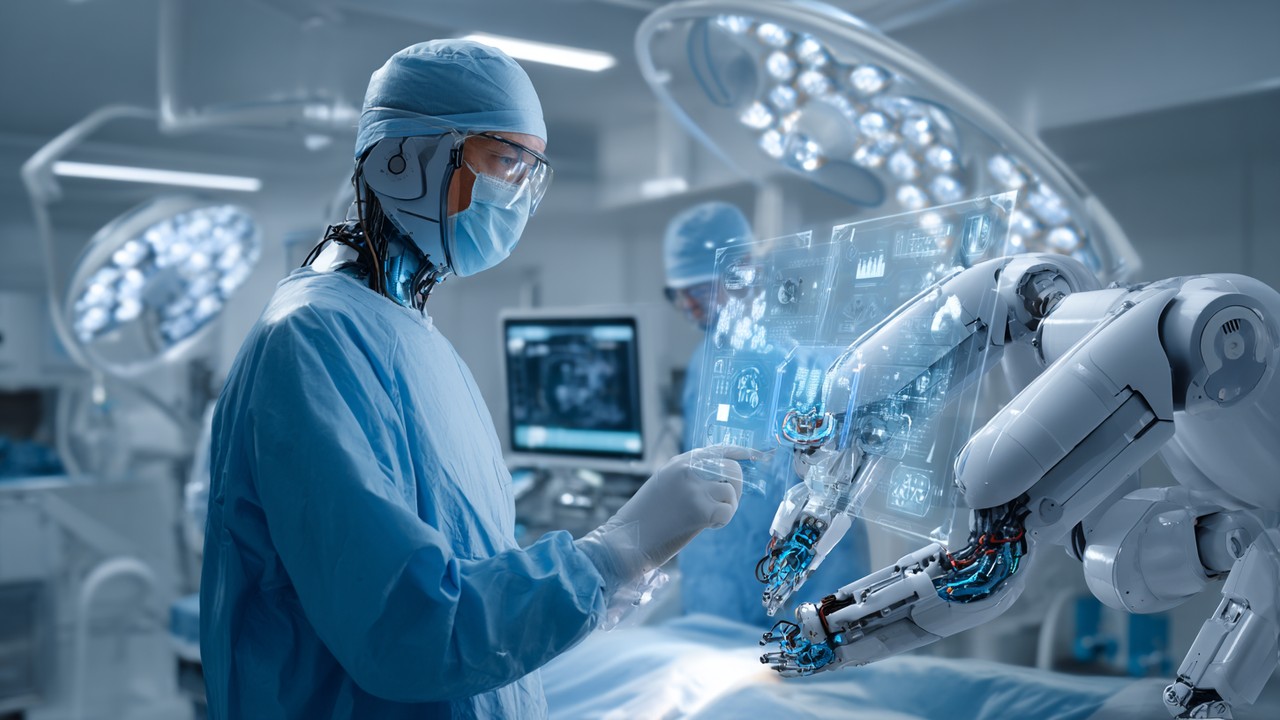
Furthermore, systems integrated with artificial intelligence that continuously collect and analyze data will evolve to extend implant lifespan and minimize complications. These developments will improve treatment quality while saving costs and time in the healthcare sector, offering patients more accessible solutions.
Artificial intelligence and data analytics will play a critical role in the future of health implant technologies by making treatment processes safer, faster, and more effective. With the widespread adoption of these technologies, success rates in implant treatments will increase and patient experience will significantly improve.
